How do animals see the world far beyond humans?
People perceive the world through 5 senses: sight, hearing, smell, taste and touch. Thanks to modern technology, people have new ways of feeling, completely new perspective with the whole world around us. Most of those views we study in animals.
So, how do animals see the world, what's different from humans? Let's find out through the article below, you will be surprised to know that without modern technology, even though advanced people are more advanced and difficult to have these capabilities.
Sound map
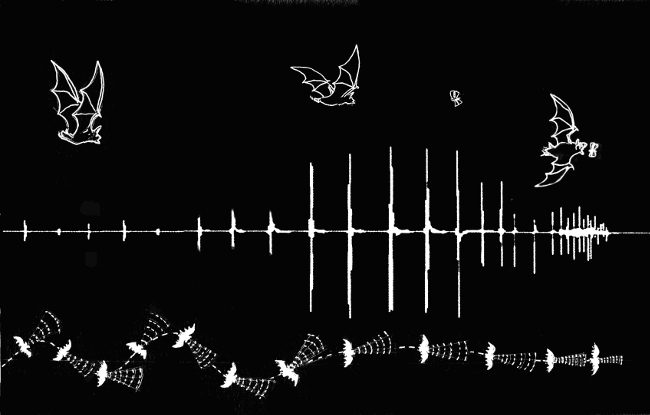
The eyes of bats are almost invisible. This flying mammal preys on prey through its ability to locate in space. The sound of bats emits super-frequency sounds, they bump into surrounding objects and respond. If sound waves respond slowly or have no response, the obstacle is far away, whereas a fast-reacting sound wave means that an obstacle or prey is near.
Based on that, bats will get a detailed sound map of their surroundings, making hunting easy in a completely dark environment.
Scientists are very interested in the system to feel the environment of bats and apply it to many modern technologies.
X-ray vision

The dolphin also possesses a bat-like navigation system, but because it is underwater, it will become a three-dimensional map.
The sound waves that dolphins emit have superior characteristics that can penetrate some soft objects and tissues. This ability makes dolphins have a clearer vision of prey and other threats.

Narwwhal, Narwwhal, has a long tusk, lives under the Arctic ice sheet, possessing the most advanced and accurate navigation system in all kinds of animals. It is a highly advanced structure that helps narwhals get a perfect view despite being 1,500 meters deep under thick ice. Therefore, they can find the exact loopholes in the ice to get up to the air.
Heat receptors
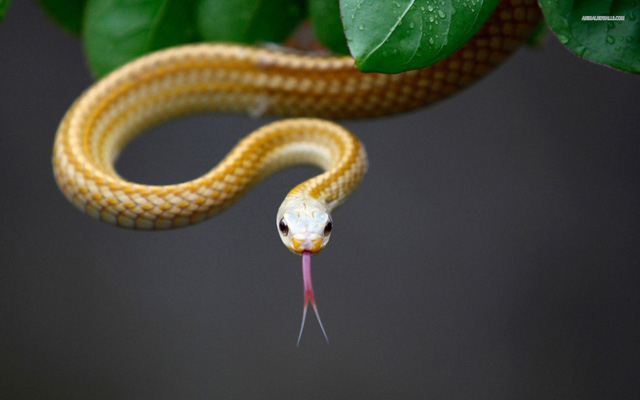
If not really exposed, people can only sense temperatures from 43 degrees Celsius. But some other animals have much more "sensitive" heat sensing mechanisms and rely on it for hunting.
The blood-sucking bat can detect an object with a temperature of 30 degrees Celsius at a distance of 20cm to help them determine where to concentrate the most blood to suck.
Some pythons and snakes also have the ability to sense "acumen" to help them know the size, distance to the most accurate prey.
Electricity networks
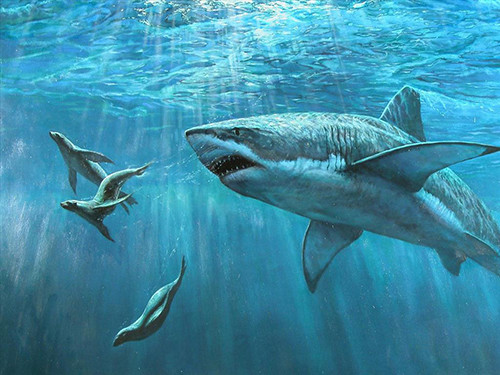
For humans, electricity is an invisible thing but for many other animals, it is traffic signals that help them feel and identify their goals.
Sharks and a number of other fish species possess a sensory channel system under their skin that can sense electricity that allows them to feel and hunt under dark water.
Ability to guide, find the way by light
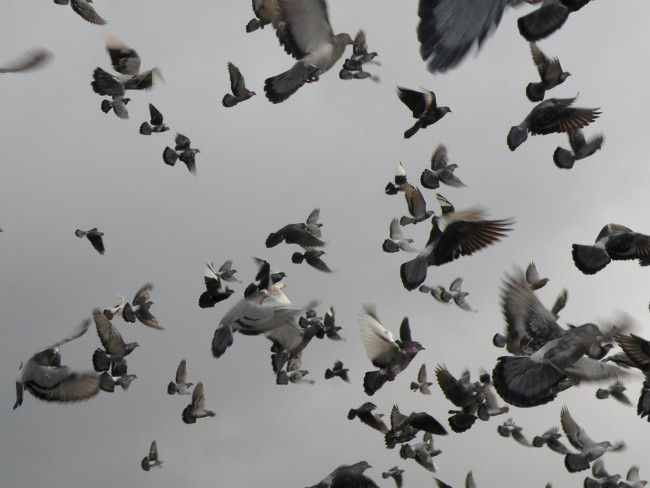
The eyes of some animals can distinguish the polarized light, the type of light that has a definite direction in space. This ability helps them find the exact route.
The ants and bees, thanks to this ability, can find their nest despite being far away.
The flowers glow ultraviolet
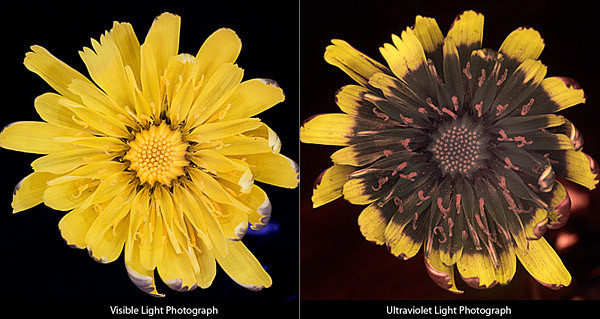 Dandelion flowers - On the left is under normal light, on the right is under ultraviolet light.
Dandelion flowers - On the left is under normal light, on the right is under ultraviolet light.
Some flowers have not only the vibrant colors that people see, but also deep colors that are only visible in the ultraviolet spectrum. This feature helps the flowers attract many insects to suck bile and pollination.
Natural compass
Some species from bacteria to vertebrate species often place their bodies in the same direction as the North-South axis of the Earth's magnetic field.
This bizarre ability allows them to determine the way back even though they eat far away from their nest.
- Unexpected facts about elephants, animals that communicate with sound waves
- How real is the blood-sucking monster on the Earth scary?
 The small animal terrified the giant elephant to flee
The small animal terrified the giant elephant to flee 12 species of animals have the strangest vision in the natural world
12 species of animals have the strangest vision in the natural world Beams of photos about the natural habitat of foods around us
Beams of photos about the natural habitat of foods around us Spider crabs compete to tear the octopus's corpse under the sea
Spider crabs compete to tear the octopus's corpse under the sea Why are raccoon fur only two colors black - white?
Why are raccoon fur only two colors black - white? Scary aquatic monsters specialize in 'drilling' shark meat from within
Scary aquatic monsters specialize in 'drilling' shark meat from within